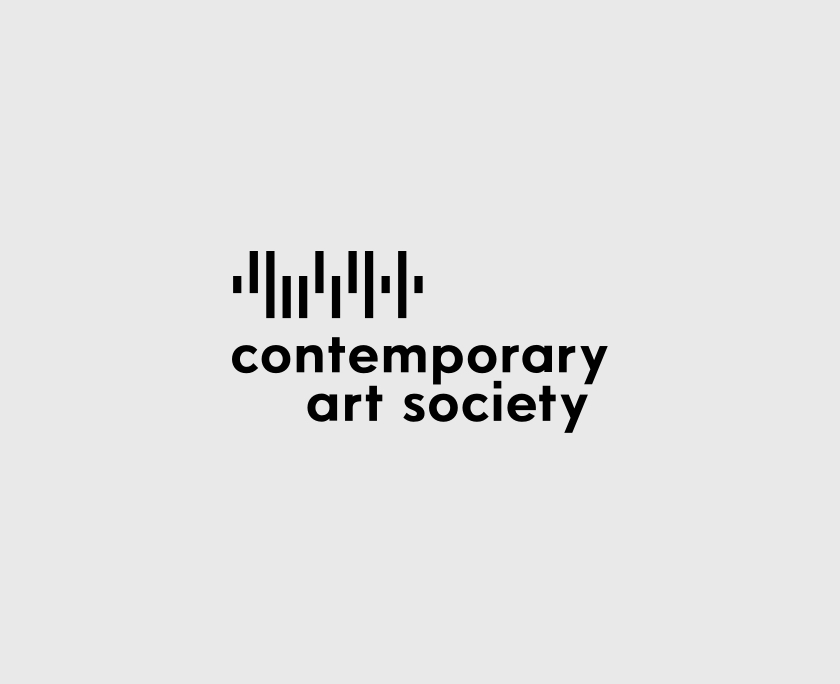Rosie Hastings & Hannah Quinlan are a multidisciplinary artist duo, interrogating the iconography of queer culture through sound, moving image, live events and through incredibly skilful drawings. They map the queer landscape in a myriad of ways, creating bodies of work that place underrepresented narratives at the forefront of their practice. One of their most prominent works is the UK Gay Bar Directory, an archive documenting over 100 LGBTQ+ venues across the UK. Their works serve as archival resources because of the emphasis on community and the importance of being queer and existing loudly.
In their films, Quinlan & Hastings have used a variety of objects from mobile phones to professional cameras and have created works with CGI, found footage, archives and moving image. Named after their best friend, artist Gaby Sahhar, the film Gaby is comprised of three vignettes portraying the intricacies of intimacy and destruction, framed around the politics and commodification of the queer body. They explore storytelling from an intimate perspective to the wider political impact, reflecting on lived experiences and raising questions of safety among the LGBTQ+ community. The first part includes a montage of found video clips in which on duty police dance at Pride parades to' YMCA', The Village People's iconic 1978 song. The film follows with an animated sequence of a 1977 issue of the gay magazine Christopher Street. The last chapter is a reconstruction of Gaby's briief relationship as an eighteen-year old with a straight-presenting gay policeman
One of The Box’s acquisition priorities is to collect emerging artists that radically rework specific histories in Britain, while making use of classical forms. The Box has also, for many years, been developing a community project looking at nightlife, and in particular sound and rave culture, which will be presented as an exhibition in the near future. The addition of these works will enable the collection to convey this theme in a variety of forms. Acquiring works on paper and film also contextualises the artists’ practice and adds to the museum’s increasing South West Film and Television Archive.


